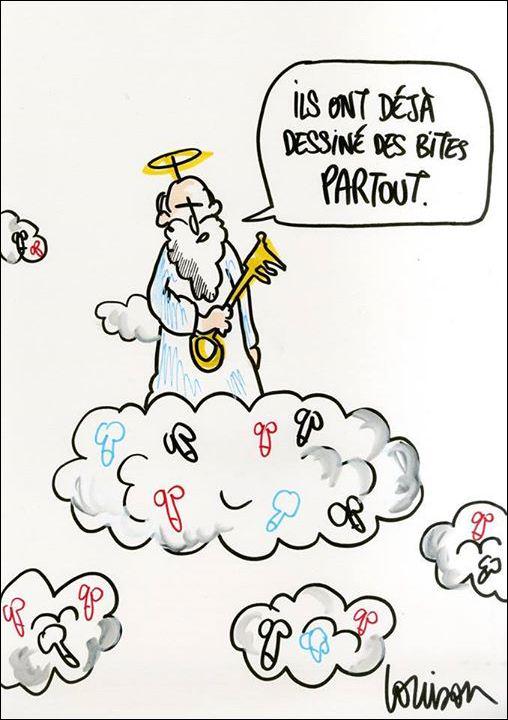He said he had spent “about half of my day” on the question, seeking out the views of senior editors and reaching out to reporters and editors in some of The Times’s international bureaus. They told him they would not feel endangered if The Times reproduced the images, he told me, but he remained concerned about staff safety.
“I sought out a lot of views, and I changed my mind twice,” he said. “It had to be my decision alone.”
Ultimately, he decided against it, he said, because he had to consider foremost the sensibilities of Times readers, especially its Muslim readers. To many of them, he said, depictions of the prophet Muhammad are sacrilegious; those that are meant to mock even more so. “We have a standard that is long held and that serves us well: that there is a line between gratuitous insult and satire. Most of these are gratuitous insult.”
“At what point does news value override our standards?” Mr. Baquet asked. “You would have to show the most incendiary images” from the newspaper; and that was something he deemed unacceptable.
I asked Mr. Baquet about a different approach — something much more moderate, along the lines of what the Post’s Op-Ed page did in print.
“Something like that is probably so compromised as to become meaningless,” he responded, though he was speaking generally, not of The Post’s decision.
The Times undoubtedly made a careful and conscientious decision in keeping with its standards. However, given these events — and an overarching story that is far from over — a review and reconsideration of those standards may be in order in the days ahead.






